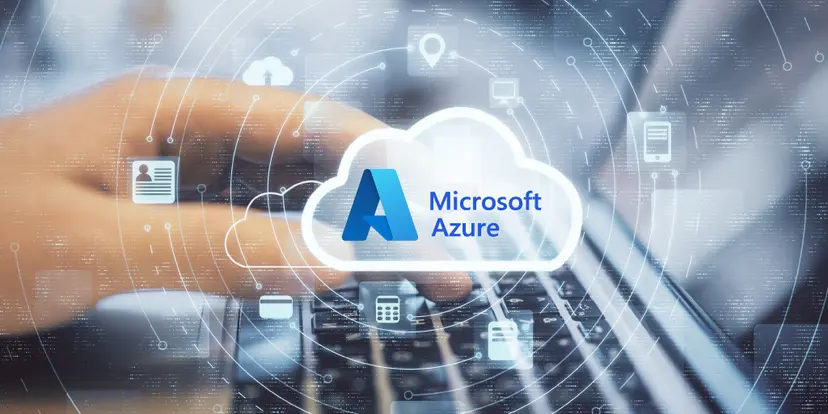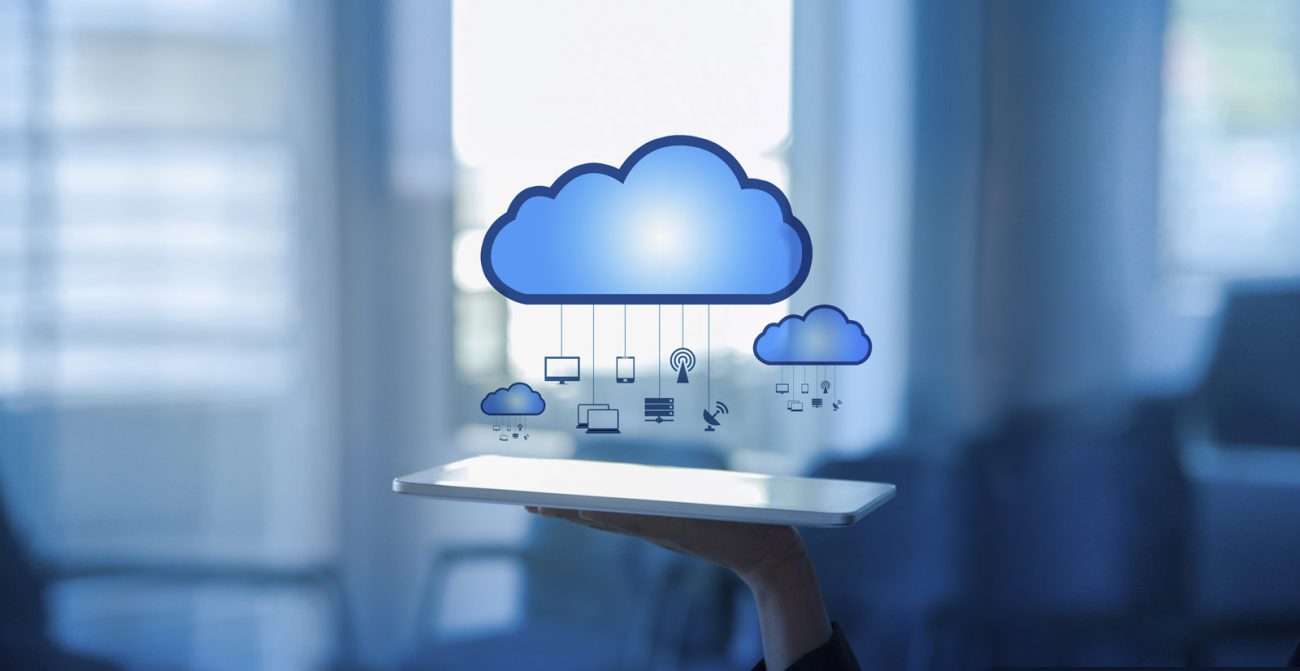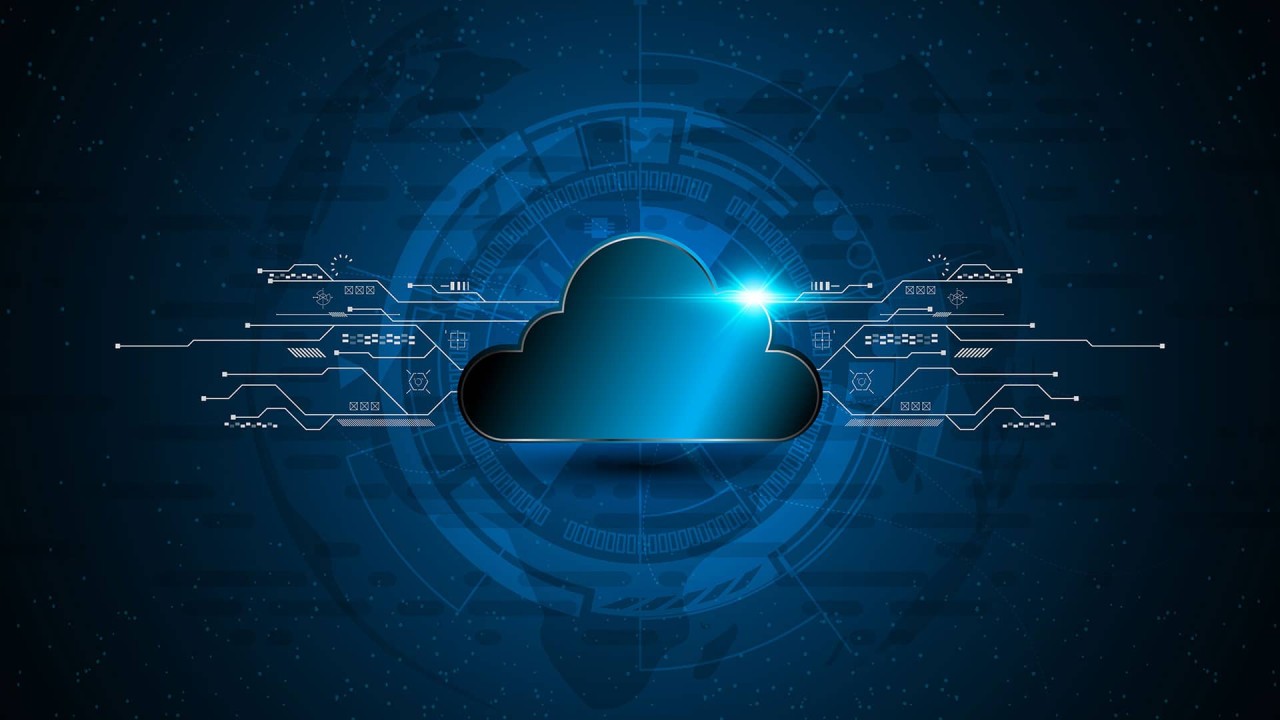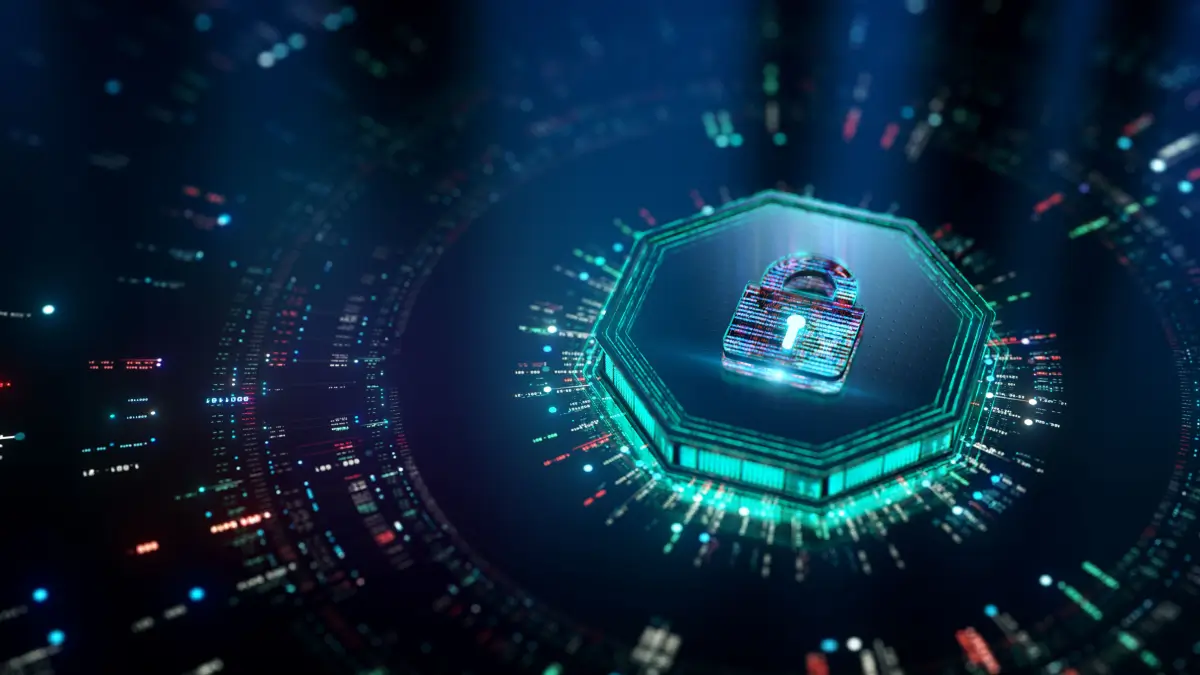If your organization uses Azure—even for part of your environment—you already know how powerful and flexible the platform is. Whether you run applications, store data, or operate virtual machines in Azure, one thing remains non-negotiable: you need strong, continuous security.
Securing the cloud is not the same as securing a traditional on-premises datacenter. The threat landscape is different, the architecture is different, and the tools need to be different too. This is where Managed Extended Detection and Response (MXDR) becomes essential.
The Challenge With Azure Security
Azure environments evolve quickly. New resources are created in minutes. Workloads scale up and down dynamically. Users connect from anywhere in the world. This agility is a major benefit—but it also creates security complexity.
Because Azure environments constantly change, the assets you must protect today may not be the same tomorrow. Attackers understand this and actively look for misconfigurations, identity gaps, and exposed services.
Traditional security tools were built for environments with clear perimeters and minimal change. Azure doesn’t work that way. Resources are distributed. Users are distributed. Data is distributed. Your security approach must keep pace with this reality.
What MXDR Actually Provides

MXDR brings together two critical components. First, it delivers advanced security technology that continuously monitors your Azure environment. Second, it provides experienced security professionals who analyze the findings and respond to real threats.
The monitoring layer uses platforms such as Microsoft Sentinel. These platforms collect and correlate data from Azure resources, applications, identity systems, and network activity. By analyzing this data holistically, they identify patterns that indicate attempted or successful security breaches.
The expert layer is where MXDR delivers its greatest value. Security tools generate a high volume of alerts—many of which are false positives or low-risk events. Skilled analysts are essential to distinguish genuine threats from normal activity that only appears suspicious. These experts know how to investigate incidents thoroughly and respond effectively.
Monitoring That Covers Everything
Most Azure environments include virtual machines, databases, storage accounts, web applications, and multiple supporting services. Each generates security logs, and each can be targeted. When these services are monitored in isolation, critical connections between events can be missed.
MXDR correlates activity across the entire environment. For example, a login from an unusual location may not raise immediate concern. However, if that same account then accesses unfamiliar storage resources and begins downloading data, MXDR recognizes the combined pattern and flags it as a threat.
This unified visibility enables earlier detection and prevents attackers from moving laterally through your environment without being noticed.
Access to Real Security Experts
A common challenge for organizations is managing security alerts internally. Every alert requires investigation, validation, and a response decision—tasks that demand time and specialized expertise.
At SNP Technologies, Inc., our MXDR service provides 24/7 Security Operations Center (SOC) support. Our security experts continuously review alerts, conduct investigations, determine root causes, and take action to contain threats. Your internal teams are relieved from round-the-clock monitoring and do not need to become security specialists.
Rapid, Automated Threat Response
When a genuine threat is identified, speed is critical. Delays give attackers time to expand their impact. MXDR combines expert oversight with automated response capabilities to minimize risk.
If a user account is compromised, it can be disabled immediately. If malicious activity is detected on a virtual machine, the system can isolate it from the network. Suspicious network traffic can be blocked instantly. These automated actions contain threats quickly while analysts assess the full scope of the incident.
Built for the Microsoft Security Ecosystem
MXDR for Azure is designed to integrate tightly with Microsoft’s security stack. While Microsoft Sentinel serves as the foundation, the solution also incorporates Microsoft Defender and Azure Active Directory protections.
At SNP Technologies, Inc., we deliver Managed Extended Detection and Response for Microsoft Sentinel with Microsoft-verified MXDR status. This verification confirms that our approach aligns with Microsoft’s standards for securing Azure environments. We combine Microsoft-native tools with our security expertise to deliver protection purpose-built for Azure workloads.
Proactive Threat Hunting
Most security approaches are reactive—responding only after alerts are triggered. MXDR also includes proactive threat hunting, where security analysts actively search for risks that have not yet generated alerts.
Analysts look for subtle indicators such as unusual user behavior or minor access anomalies. These signals may not trigger automated detections but can reveal attackers attempting to remain hidden. Proactive hunting helps uncover threats earlier, reducing potential impact.
Why MXDR Matters Now
Cloud adoption continues to grow, and with it, attackers’ focus on cloud environments. Your security strategy must align with where your workloads actually live.
MXDR delivers:
- Protection designed specifically for cloud-scale environments
- Security that adapts as your Azure footprint changes
- Access to expert analysts without hiring a full security team
- Faster, more accurate detection and response
In short, MXDR is built for the reality of modern cloud operations.
Take the Next Step
Your Azure workloads deserve security that matches the speed and complexity of the cloud. They need continuous monitoring, expert analysis, and rapid response.
At SNP Technologies, Inc., we deliver all of this through our Microsoft-verified MXDR service. We help organizations protect their Azure environments with:
✔ 24/7 monitoring
✔ Expert investigation
✔ Automated response
✔ Proactive threat hunting
If you want stronger, more effective security for your Azure workloads, contact us. We can help you implement MXDR and keep your environment protected.











